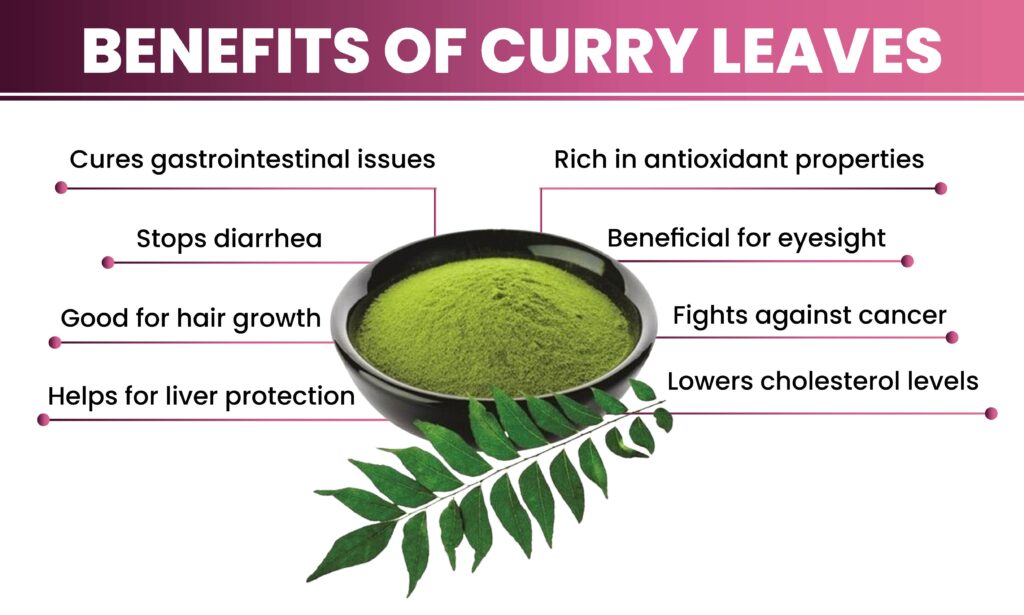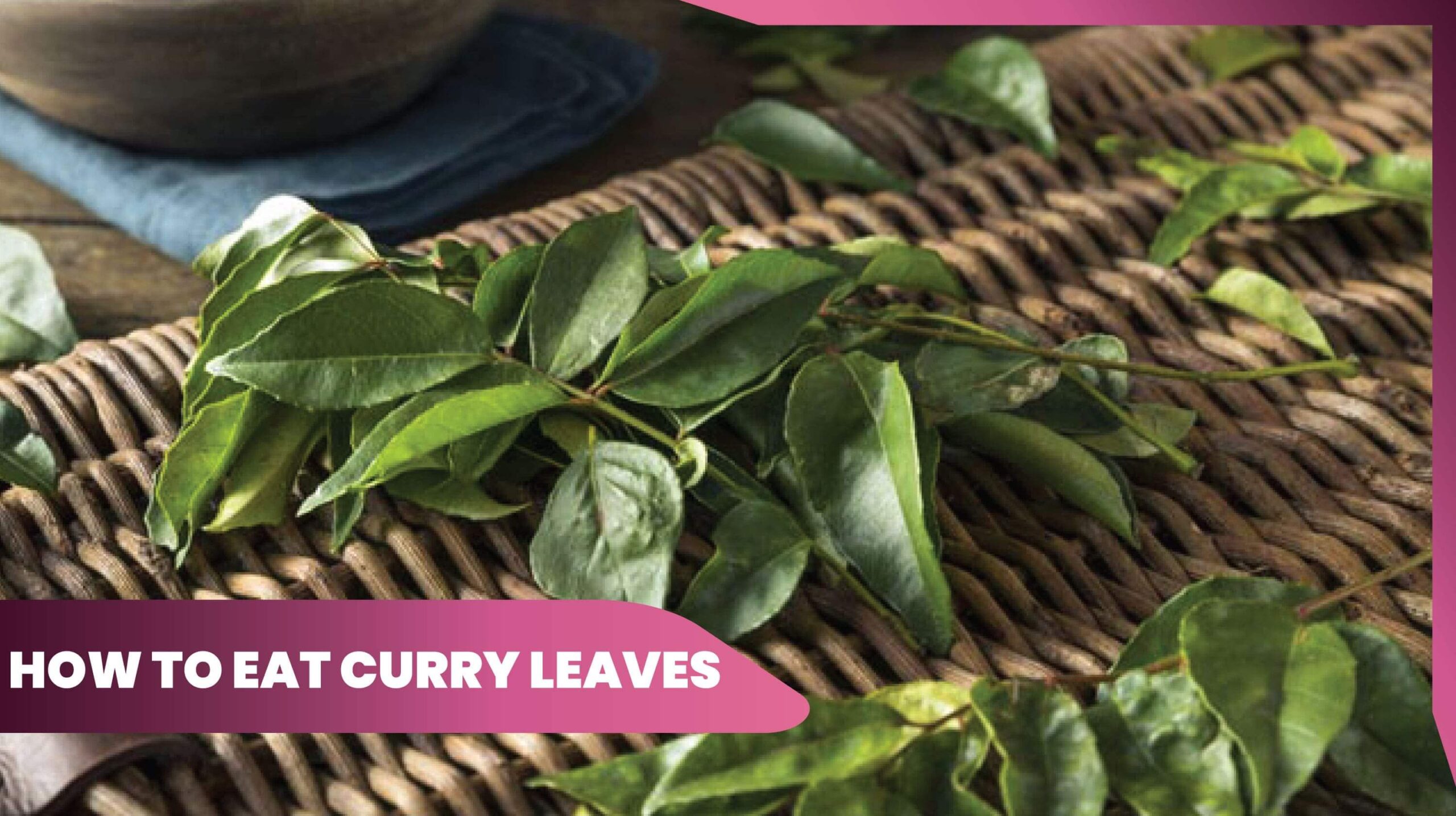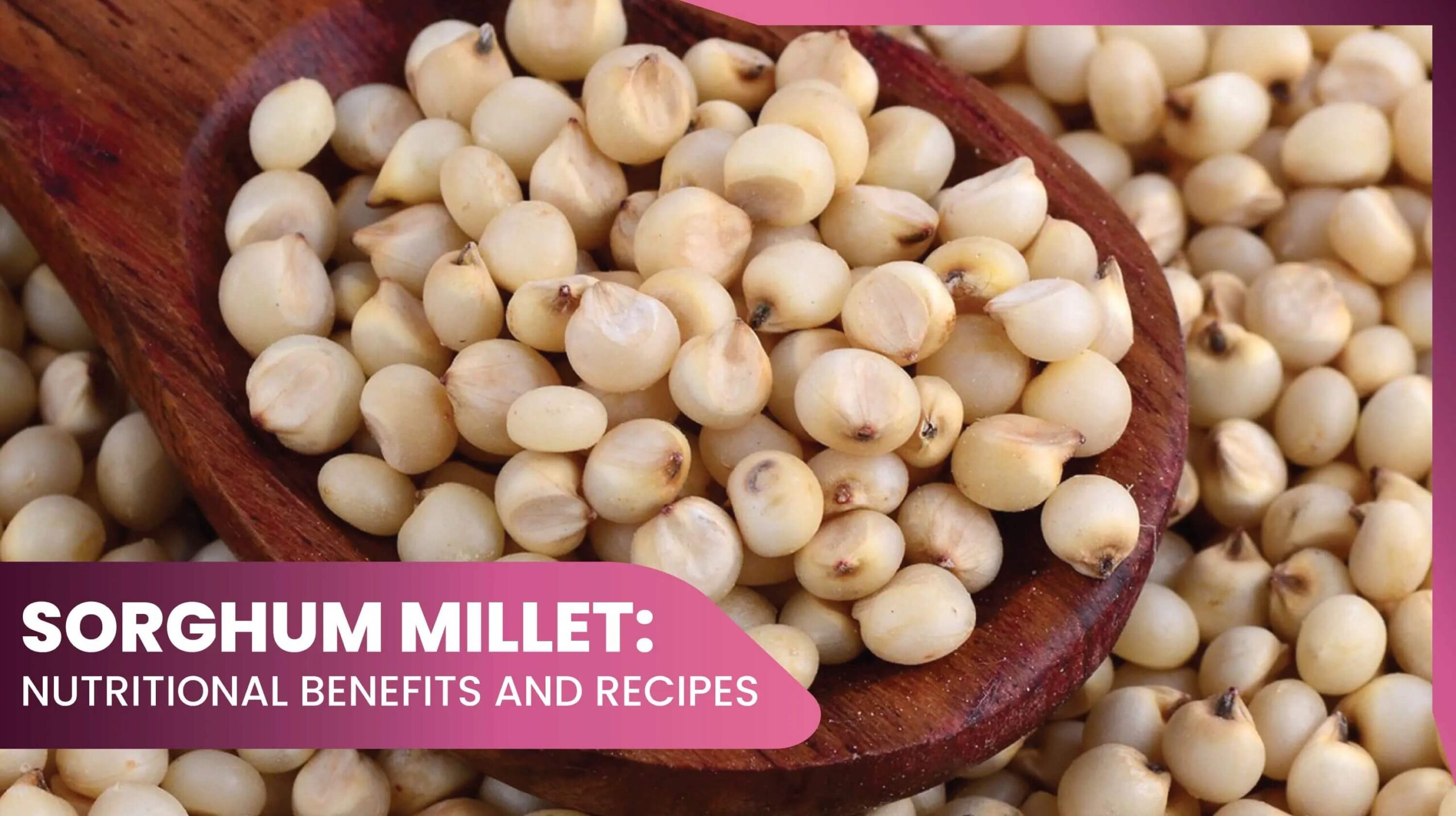Curry leaves or Kaddi Pata, scientifically known as Murraya koenigii, are a popular herb in Indian cuisine known for their distinctive aroma and flavor. These small, glossy leaves are an aromatic addition to many of our Indian dishes and have a unique taste. Besides their spice use, they are packed with numerous health benefits that make them an important medicinal plant. This blog will discuss the various health benefits, recipes, and two self-curated preparations – Curry leaves Powder and Curry Leaves Chutney.
Health Benefits of Curry Leaves
- Rich in Nutrients: Curry leaves are a rich source of essential nutrients, including vitamins A, B, C, and E, as well as minerals like calcium, phosphorus, and iron. These nutrients play a vital role in maintaining overall health.
- Improves Digestion: The compounds found in curry leaves help improve digestion by promoting the secretion of digestive enzymes. They can alleviate issues like indigestion, diarrhea, and constipation.
- Weight Management: Curry leaves are known to aid in weight loss by reducing cholesterol and triglyceride levels. They can also assist in adjusting blood sugar levels.
- Hair Health: These leaves are often used in hair care remedies to strengthen hair follicles, reduce hair loss, and prevent premature greying.
- Antioxidant Properties: Curry leaves are rich in antioxidants, which protect the body from oxidative stress and reduce the risk of chronic diseases.
- Anti-inflammatory properties: The compounds in curry leaves have anti-inflammatory properties that can help alleviate inflammatory conditions such as arthritis and gout.

How to use Curry Leaves in Recipes?
- Tempering Transformer: Curry leaves are the stars of the Indian tempering (tadka) show. They sizzle in hot oil alongside mustard seeds and cumin, releasing their captivating aroma and infusing dishes deeply.
- Curry by Name, Curry by Leaf: Though not the source of the word “curry,” these leaves are essential in curries, gravies, and stews. Their citrusy fragrance adds a unique touch.
- South Indian Spotlight: In South Indian cuisine, curry leaves take center stage. They impart a distinctive regional flavor from sambar and rasam to creamy coconut gravies.
- Chutney Charmer: Don’t forget chutneys! Curry leaves enhance the taste and aroma of these essential condiments, making them even more irresistible.
View this post on Instagram
Side Effects of Curry Leaves
Curry leaves are generally safe for consumption when used in culinary quantities. However, some people may experience allergic reactions, digestive issues, or skin irritation when consumed in excess. If you’re new to using curry leaves in your diet, start with small amounts to ensure you don’t have any adverse reactions.
Curry Leaves Powder
An easy way to add curry leaves to your cooking is to make powder from them. Here is a simple recipe that you can easily make at home.
Ingredients:
- 1 cup fresh curry leaves
- 1/2 cup dried red chilies
- 1/4 cup urad dal (split black gram)
- 1/4 cup chana dal (split chickpea)
- 1/4 cup coriander seeds
- 1 tsp cumin seeds
- A pinch of asafoetida (hing)
- Salt to taste
How do you make curry leaves powder?
- Wash and Dry: Start by thoroughly washing and drying your curry leaves. Moisture can prevent the powder from storing well.
- Crisp Curry Leaves: In a heavy-bottomed pan, roast the curry leaves over medium heat until they become crisp and crumble easily. Remove them from the heat and set them aside.
- Roast the Spices: Using the same pan, dry roast the red chilies, urad dal, chana dal, coriander seeds, and cumin seeds until golden brown. Keep an eye on them to prevent burning.
- Cool It Down: Once everything is roasted, transfer all the ingredients to a plate and let them cool completely to room temperature.
- Grind into Powder: Now for the fun part! Grind the cooled ingredients, asafoetida, and salt into a fine powder.
- Store for Later: Store your freshly made curry leaves powder in an airtight container for future use. Enjoy adding this flavorful homemade spice to your dishes!
Also read: Gond Katira: The Wonder Herb with Endless Benefits
The various uses of curry leaves powder.
The curry leaves powder or premix can be stored in a bottle and used for a very long time. Since all ingredients are dry roasted and then blended, the powder doesn’t go bad easily. You can use this in many recipes, but I am going to share my favorite with you.
1. Curry Leaves Lemon Rice
- Preparation time – 10 minutes
- Cooking time – 15 minutes
Ingredients
- Boiled rice – 60 g
- Mustard seeds – 1 tsp
- Split green chillies – 2 pieces
- Peanuts – 20 g
- Lemon juice – 1 piece
- Curry leaves powder – 1 tsp
- Asafoetida – a pinch
How to make curry leaves lemon rice
- In a kadhai, take 10 ml oil.
- Once hot, add mustard seeds.
- Then, add peanuts and fry them. After 2-3 minutes, add boiled rice.
- Sprinkle some salt and red chili powder, add the split green chilies, and then sprinkle curry leaves powder.
- Mix all the ingredients well, and after 5 minutes, turn off the flame.
- Now add lemon juice and again mix well. Serve hot.
2. Curry Leaves Chutney
Curry leaves chutney is a delightful condiment that can be enjoyed with dosa, idli, or rice. This chutney will become your all-time favorite once you taste it. Here’s a quick recipe:
Ingredients
- 1 cup fresh curry leaves
- 2-3 green chilies
- 1/4 cup grated coconut
- 2 tbsp roasted chana dal
- 1 tbsp tamarind paste
- Salt to taste
- 1 tsp oil
How to Make Curry Leaves Chutney at Home?
- Heat mustard seed oil in a pan. Add a pinch of hing, mustard seeds, cumin seeds, dried red chilies, and raw peanuts.
- Saute and add curry leaves. Saute for a minute and add the mixture to the mortar.
- Grind with pestle into a coarse texture.
- Add anardana, jaggery, and salt. Mix well and add lemon juice.
- Transfer the chutney to a bowl and serve it as a dip or accompaniment to your favorite dishes.
View this post on Instagram
Conclusion
Beyond their culinary uses, curry leaves boast a range of health benefits. However, like many things, moderation is key to maximizing these benefits and avoiding any potential side effects.




